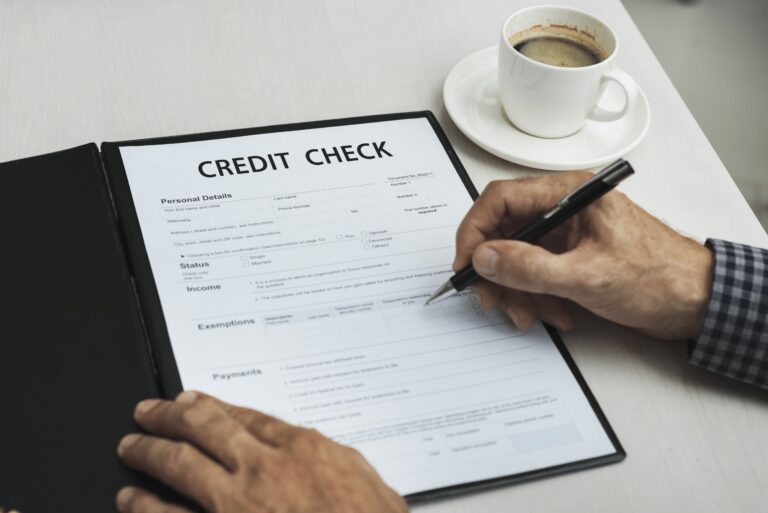The One Thing All Fix and Flip Loan Success Stories Have in Common
Between the rising popularity of Fix-and-Flip TV shows, and the fact that “buy, fix, flip” is such a prominent topic of conversation in the real estate industry, it’s no surprise that so many people are interested in learning how to do it themselves. Fix and Flip Loans are loans that are used for the purchase and renovation of properties. They can be used for both residential and commercial properties.
Fix and flip loans are a type of mortgage that is used for the purchase of a residential property with the intention to renovate it and then sell it at a higher price. These loans are usually given by private lenders, such as banks or mortgage companies. The loan is traditionally secured with the property in question, which is then sold after renovations have been completed. It is also possible to use a fix and flip loan as a way to finance the purchase of a property without having to sell it after renovations have been completed.
The process of getting Fix and Flip Loans is similar to that of any other type of loan. You will need to provide the lender with proof that you have enough money for some of the repairs or renovations, perhaps the most important structural renovations. And then you may also be asked to share your plan for flipping the house after you complete all the changes to the home, from structural repairs to landscaping.
What is the one thing all fix and flip success stories have in common? Is it factoring interior décor and curb appeal? Is it selling at competitive rates? Well, actually, none of those factors. What makes a successful fix and flip scenario is finding the right lending or financing for you; with workable interest rates and other terms. Let’s delve deeper into the mechanics of a fix and flip loan and why it is the fulcrum upon which your entire fix and flip strategy rests.

How Does a Fix and Flip Loan Work?
Depending on your lender and funding requirements, a fix and flip loan can take the form of a term loan or a line of credit. In most cases, the equity in the home you’re buying or fixing up will serve as collateral for the loan.
Lenders who specialize in “fix and flip” transactions base loan amounts on either the property’s loan-to-value ratio (LTV) or its after-repair value (ARV).
Your loan’s size in relation to the property’s worth is measured by the LTV ratio. Fix and flip loans often have a 90% LTV ceiling. If you’re purchasing a house for $100,000, for instance, a lender offering 90% LTV would loan you $90,000. As a down payment, you’ll need to come up with the remaining $10,000.
Fix-and-flip loans typically use ARV rather than LTV, which is more commonly used for conventional commercial real estate loans. After Repair Value (ARV) is an appraiser’s opinion of how much a property will be worth once all repairs have been made.
For properties that will increase in value by $200,000 following renovations, a 70% ARV loan would provide a maximum of $140,000 in financing. Most of the time, a lender who determines loan amounts based on ARV will grant you more money.
Short-term capital gains tax rates of 10% to 37%, depending on your federal income tax bracket, will cut into any profits you earn on properties you flip within one year or less.
How to Get A Fix and Flip Loan
When looking for a fix and flip loan, you’ll come to find that one of the simplest and most available types of loan for such an endeavor is a hard money loan, specifically geared towards fixing and flipping.
Most fix and flip loans are structured as hard money loans due to a lack of bureaucratic red tape. There are no restrictions on the size or design of the property like there would be with a traditional bank. Hard money lenders expect that they are financing run-down homes, making it simple to obtain financing for properties that do not meet the standards for conventional mortgages.
Hard money lenders determine whether to provide financing based on the soundness of the deal and the borrower’s track record as a property flipper. A hard money lender will finance a property flip if the return on investment (ROI) exceeds the loan amount; the home flipper is credible; and the purchase and repair costs are reasonable.
Hard money lenders typically don’t care about the flipper’s credentials, such as debt-to-income ratios or credit scores, when determining whether or not to give money. The applicant’s tax returns, bank statements, and credit reports may be requested in some situations. Neither do they mind if the deposit is paid for using borrowed money (another difference to conventional lenders). In the event of a default by the flipper, the hard money lender can simply foreclose, resell the property, and recoup their investment.
Hard money lenders, who are similar to banks, will place a first lien on the property until they are repaid. The borrower will still be the legal owner and deed holder.
5 Steps to Get a Fix and Flip Loan
Each lender and type of fix-and-flip loan has its own application process. Borrowers should follow a few standard procedures when dealing with any financial institution. In order to obtain financing for a fix-and-flip project, you need to follow these five steps:
1) Check your credit report. Lenders will look at your personal credit history when deciding whether or not to provide you a loan for property flipping. Fix and flip loans typically require a credit score of 620 or above, while some lenders and loan types may be more flexible with these criteria. Financial institutions may also consider your company’s credit rating if you run a successful real estate flipping enterprise.
2) You should put together a down payment fund. Although it’s not always necessary, having a sizeable down payment can make you a more enticing borrower. You should have at least 20% down before looking for a home and applying for a mortgage.
3) It is important to shop around for a loan. Finding the best loan possible requires looking at the annual percentage rates (APR), loan term, and total cost of borrowing from multiple lenders. You should also look for lenders with less stringent financing conditions if you have a low credit score and little expertise flipping houses.
4) The fourth step is to compile the required paperwork. Each potential lender has their own application and eligibility criteria. However, the majority of banks and other lending organizations necessitate applicants to submit copies of their most recent two years’ worth of tax returns and three years’ worth of financial records for their businesses. Spend some time putting together a business strategy; details about any other debts your company has; and proof of your track record in the home-repair and resale industry.
5) Complete and submit a formal application. Submit a loan application over the internet, in person, or by phone once you have all the necessary paperwork together. Applying is a fairly lender-specific procedure, so it’s best to speak with a lending representative about the following steps.
The conclusion on fix and flip loans is that they are a great opportunity for investors to make money. Fix and flips are not for the faint of heart, but if you’re willing to take a risk, this could be the perfect investment for you. You should have as solid a strategy as possible when seeking to purchase a property, seeing as the funding will need to be put to good use. Fix and flip success stories are those which approach the loan with mindfulness and planning, not simply a dream.
Content Provided By:
Chester


